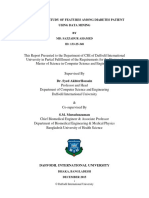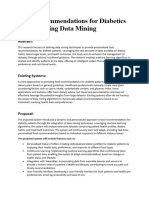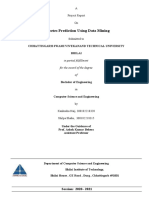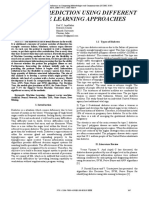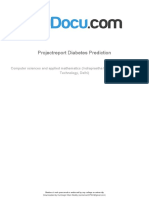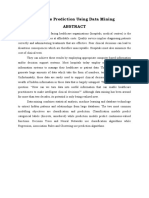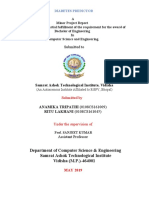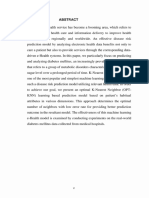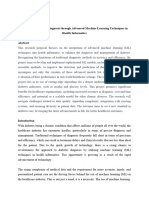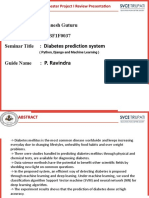“My decision to become a software engineering in data mining researcher is a combined result
of my professional and academic experiences. After my post graduation in computer
engineering, I joined Bharathamatha college as a assistant professor. The stint allowed me to
work on different data mining and communication system projects for students. However , after
working for about six years, I had the feeling that a corporate setting is limiting the academic in
me.
My professional expertise has helped me coordinate the research team and work towards the
final results promptly. At present I am working with Dr paul thekkanath at bharathamatha
college he always prompt for various projects that students should do their own work. The
college started working on agriculture research projects Identifying molecular markers associated
with high yield, disease resistance, or other desirable traits, and using marker-assisted selection
to develop better crop varieties.so I interested that time to research the Diabetes is a chronic
condition that affects millions of people globally, with significant implications for public health
systems. Effective management and early detection of diabetes can reduce complications and
improve patient outcomes.
I want to focus my research on data mining on Diabetes the goal to non-communicable
diseases that are on the rise and will soon place a significant social cost on developing nations.
When a person has diabetes, their body is either unable to use its own insulin efficiently or does
not create enough insulin. Blood glucose levels rise, which results in a condition that, if left
untreated, can have major health consequences and even be fatal. The suggested additions are
incorporated in order to control the progression of diabetes mellitus and the appearance of
complications to manage their health care or personal data, and an ideal summary is generated to
determine diabetes risk. the improved methods on a cohort of prediabetic patients in the real
world. The high risk of diabetes is summarised using four different techniques, each of which
has a distinct advantage. The Buttom-Up Summarization (BUS) algorithm's extension generated
the best summary. This summary's identification of subpopulations encompassed the majority of
high-risk people, had little overlap, and posed a very high risk of developing diabetes.






